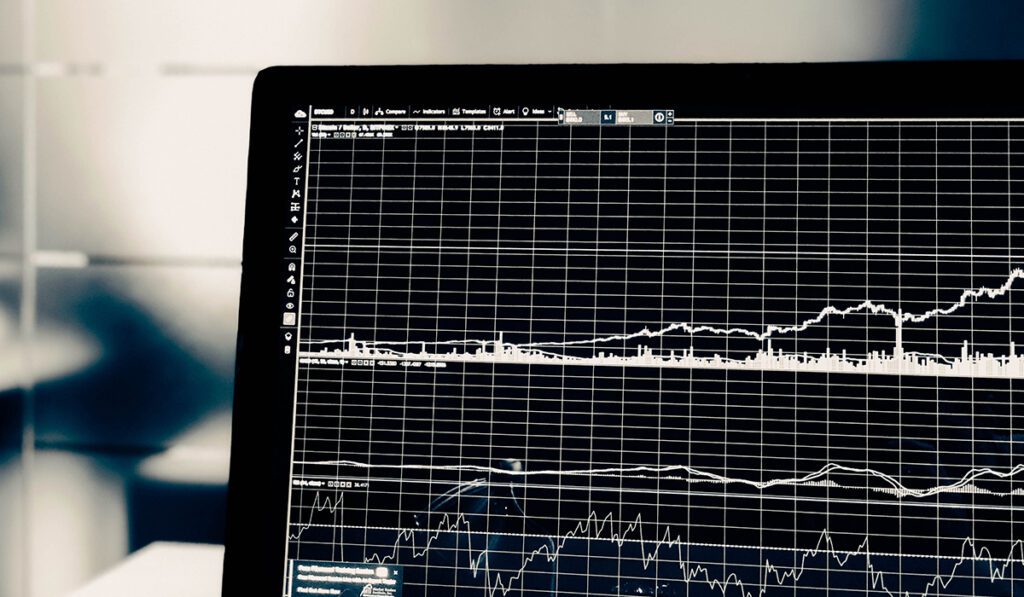Once again, global uncertainty is affecting the wholesale gas and power markets and driving business energy prices higher.
Whilst energy has enjoyed a relatively stable, albeit inflated, 2023, there has always been the threat of geopolitical uncertainty impacting prices.
The sad situations in Israel and Palestine are adding to the uncertainty around security of supply from the middle east, in addition to the effects already seen on security from the war in Ukraine.
Seasonal price rises during winter are also commonplace at this time. Mixing these factors together creates a recipe for higher prices, just as the UK grapples to keep inflation under control.
For businesses, this means that those who have not been pro-active with their procurement or energy strategies are exposed to higher prices as they negotiate new contracts over coming months.
So, to understand how and why prices are rising, it is essential to appreciate how pricing is determined. This short blog gives a high-level overview of how your suppliers determine how much it costs your business to turn on the lights.
Business energy commodity costs
Your energy price is split into two parts: commodity and non-commodity. The commodity in question is the actual energy; the gas or electricity.
This part of your price is determined by the wholesale market. Your supplier has no influence on this element. It is governed by global macroeconomics.
This is the price at which your energy supplier, such as British Gas, Engie or Smartest Energy, purchases the “block” of energy needed to fulfil your contract from the wholesale market. Some suppliers generate their own power, whilst some simply exist as traders of energy and facilitators of an enormously complex administration exercise.
These blocks of energy are purchased months or years in advance, meaning suppliers must sell them at a particular price until they are all allocated.
That is the primary reason that retail prices do not fall as quickly as wholesale prices. Equally, the UK is a net importer of energy, meaning we are particularly vulnerable to wholesale volatility compared to the likes of France, who generate more energy than they actually need as a country.
Business energy non-commodity costs
The historically more variable side of pricing, your non-commodity costs comprise government taxes and levies; transportation costs; distribution costs; your supplier’s margin; and potentially other commissions depending on how your contract was agreed.
Before the energy price crisis took hold in 2021, this was the more unpredictable element of an energy bill. Non-commodity prices were regularly raised due to increasing costs, the UK’s ageing infrastructure and low carbon incentivisation.
Transmission costs relate to the large-scale, high-voltage infrastructure which transports energy across large distances quickly, such as pylons and overhead cables. The UK’s transmission network is operated by National Grid.
Distribution costs concern the local networks delivering the electricity to your business via lower-voltage cables, transformers and other infrastructure.
Government charges such as Renewable Obligation (RO), Contracts for Difference (CfD) and Feed in Tariff (FiT) are all part of the non-commodity element. These are usually aimed at paying for the UK’s transition to cleaner energy, incentivising renewable installations and other initiatives.
VAT is added to prices, as with most business transactions, but is payable at different rates depending on business types. Charities, for example, should only pay 5 per cent VAT on their energy.
Margins
Suppliers often have “record profits” headlines levied at them when costs begin to rise. But you may be surprised to learn that less than 2.4 per cent of your energy price is pre-tax profit for energy suppliers. Various taxes and accounting obligations are then removed from this profit.
Ofgem limits the amount of profits suppliers are actually allowed to earn per meter to 2.4 per cent, which was increased in summer 2023 in an attempt to increase suppliers’ financial resilience and avoid the kind of situation which led to 30 suppliers going bust in 2021/22.
This may be split with input from intermediaries, depending on contract structure.
That said, suppliers’ recent growth in profits has largely been down to increasing efficiencies and smart hedging strategies in response to volatility, rather than suddenly ramping up their profit margin. Much of this volatility hurts end consumers and businesses because they “lock-in” prices for years at a time, whereas suppliers’ fluid ability to play the market allows them more transactions from which to benefit.
Inflation has also magnified the impact of this approach, meaning these fine margins hit customers harder in real terms.
Conclusion
So, in short, energy prices are around 60 per cent determined by the volatile wholesale market at present.
Energy suppliers then purchase energy at this price and add obligated taxes and levies. From there, the retail elements of the price come into play with profit margins adjusted in order to present competitive prices and win business. All of this is dependent on suppliers’ hedging strategies being sound enough to give them the opportunity to compete with the rest of the market.
If you have questions on the breakdown of your energy price, how the energy market works, or how to reduce your outgoing costs, speak to us FREE by filling in an enquiry form (below).
Or, to find out more about the UK energy market, check out our whitepaper: The UK Energy Market Explained: a Guide for Businesses.

